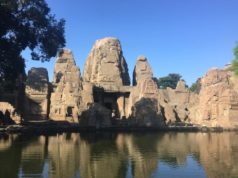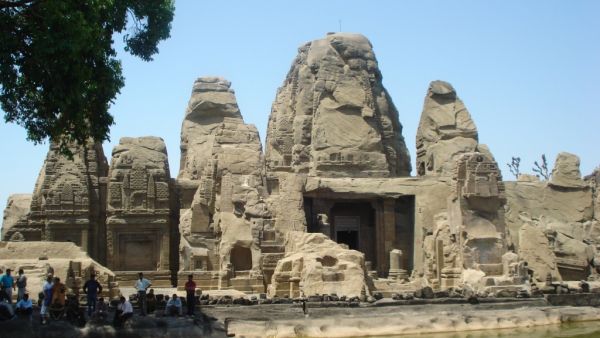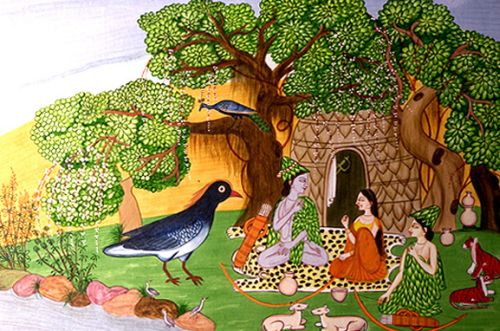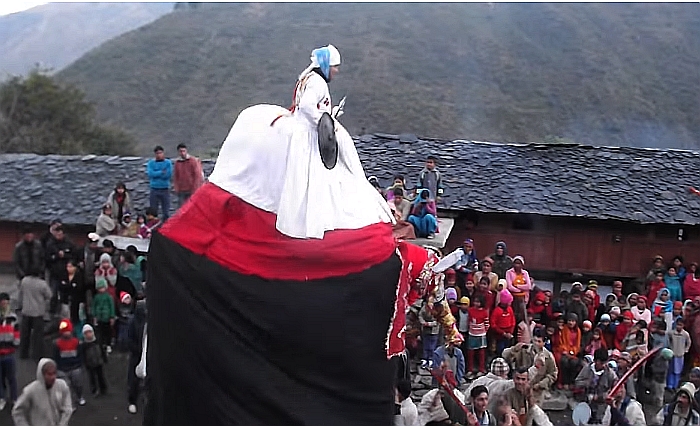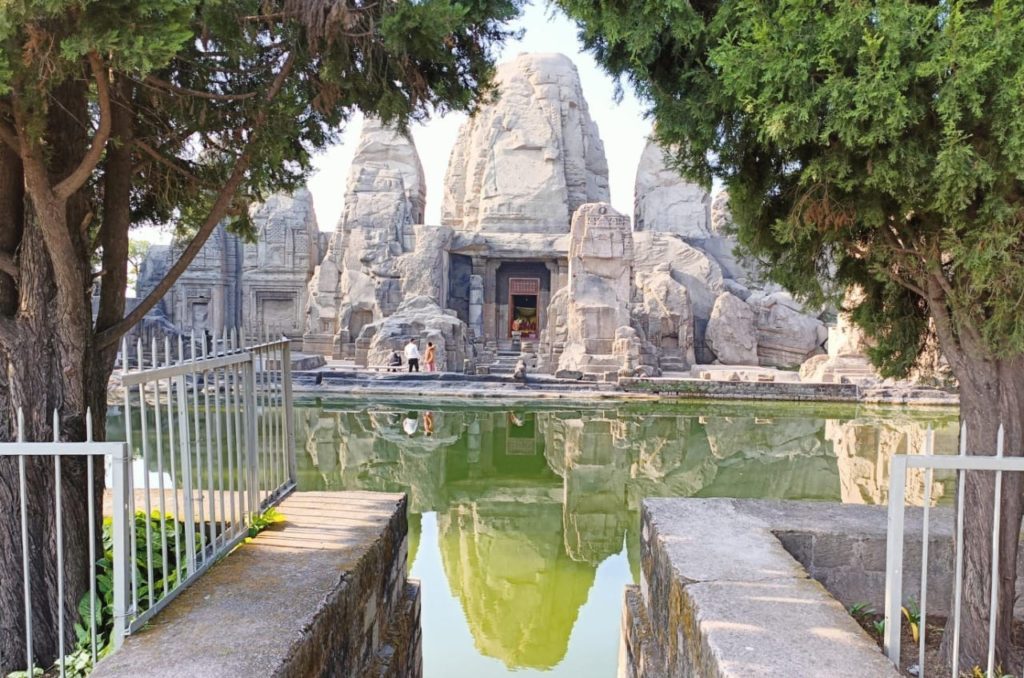
Nestled in the picturesque landscapes of Himachal Pradesh, the Masroor Rock Cut Temple stands as a living testament to the enduring spirit of craftsmanship and cultural resilience. This architectural marvel, carved from a single sandstone rock dating back to the 8th century, unfolds a narrative that intertwines the artistic brilliance of the Katoch dynasty, the religious devotion embedded in its stones, and the challenges it has weathered through the ages.
The 15 monolithic rock-cut temples of Masroor seamlessly blend the intricate styles of Indo-Aryan and Dravidian architecture. Each carving, meticulously shaped, unveils stories that transcend time, offering a unique perspective into the diverse cultural tapestry of ancient India.
The Katoch rulers, who held sway over Kangra, played a pivotal role in the temple’s creation. Beyond political power, their commitment to art and culture is etched into the very foundations of Masroor. The temple complex, dedicated to Hindu deities, reflects the dynasty’s devotion to both religious and artistic pursuits.
The creation of Masroor was a meticulous journey of craftsmanship. Skilled artisans breathed life into the sandstone, carving shikharas, mandapas, and sculptures with unparalleled precision. The intricate detailing tells tales from Hindu mythology, inviting visitors to witness the marriage of religious symbolism and artistic ingenuity.
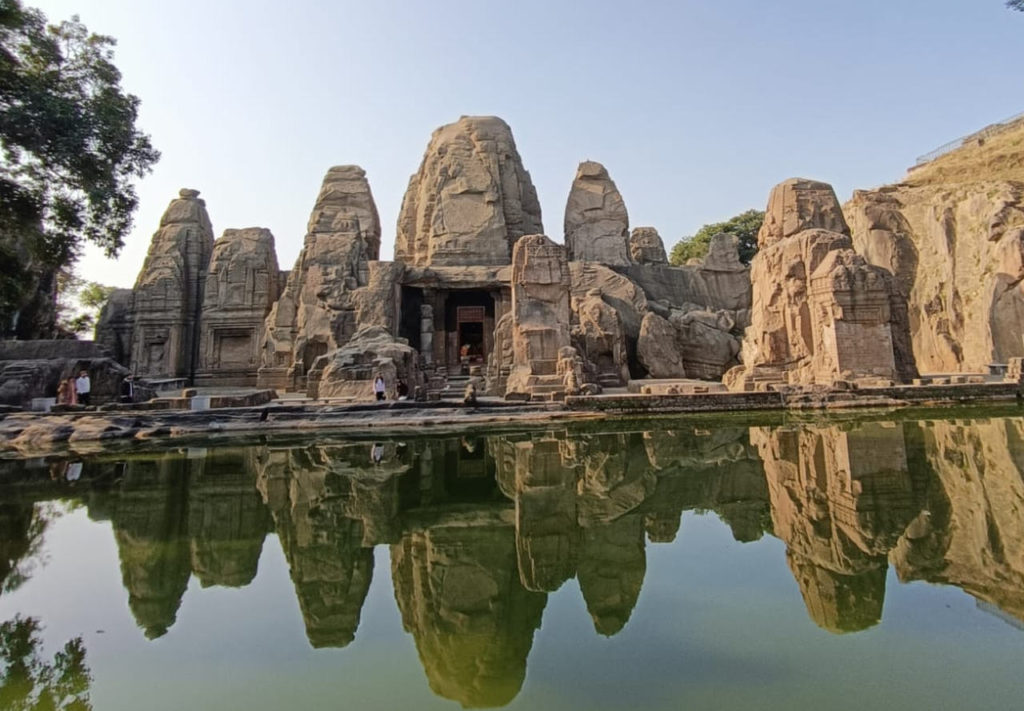
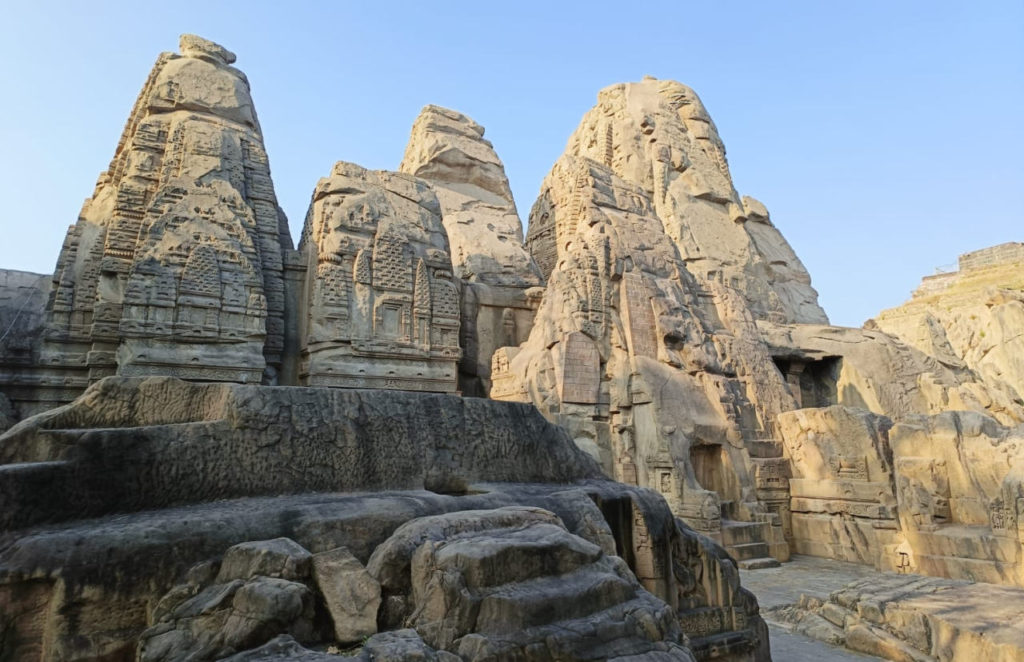
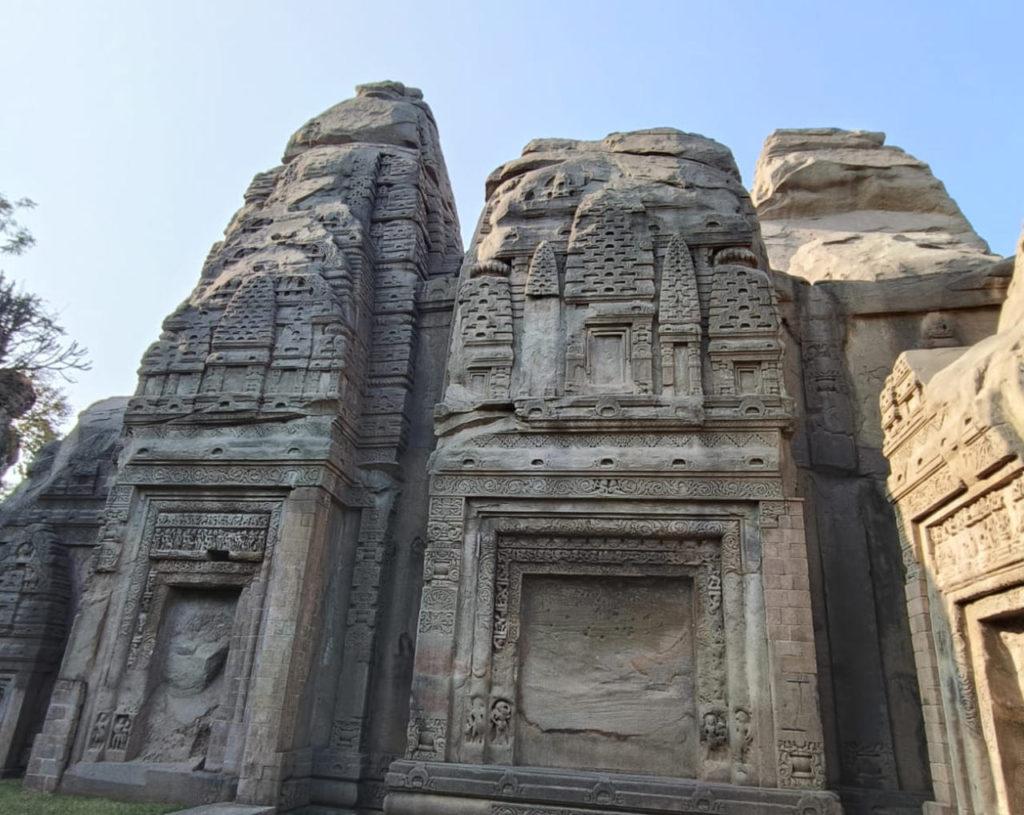
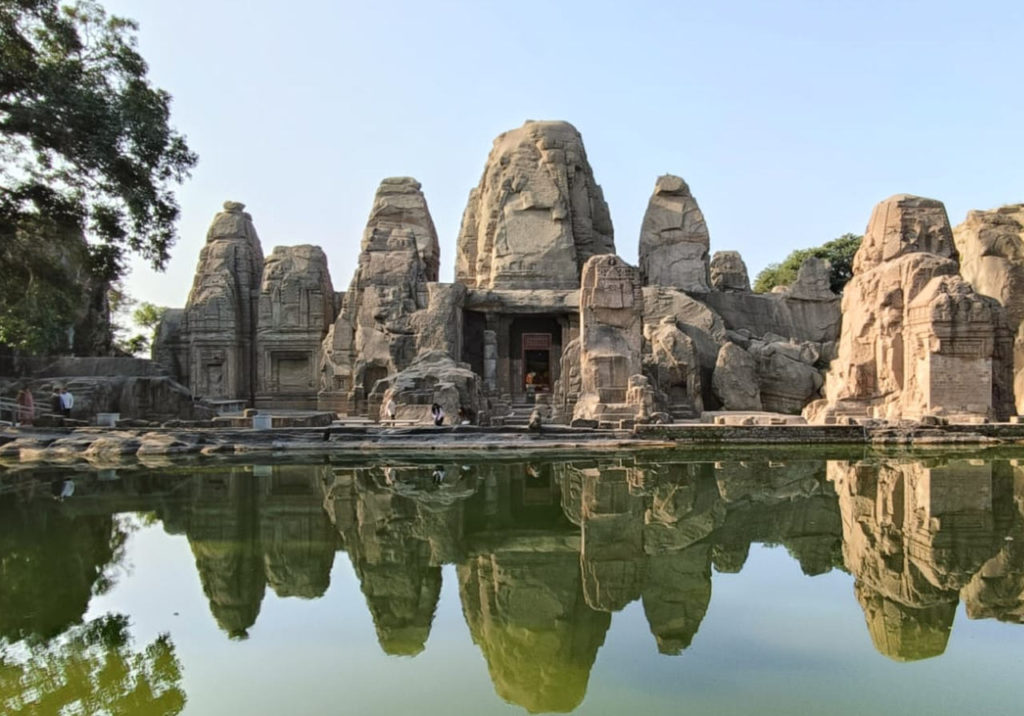
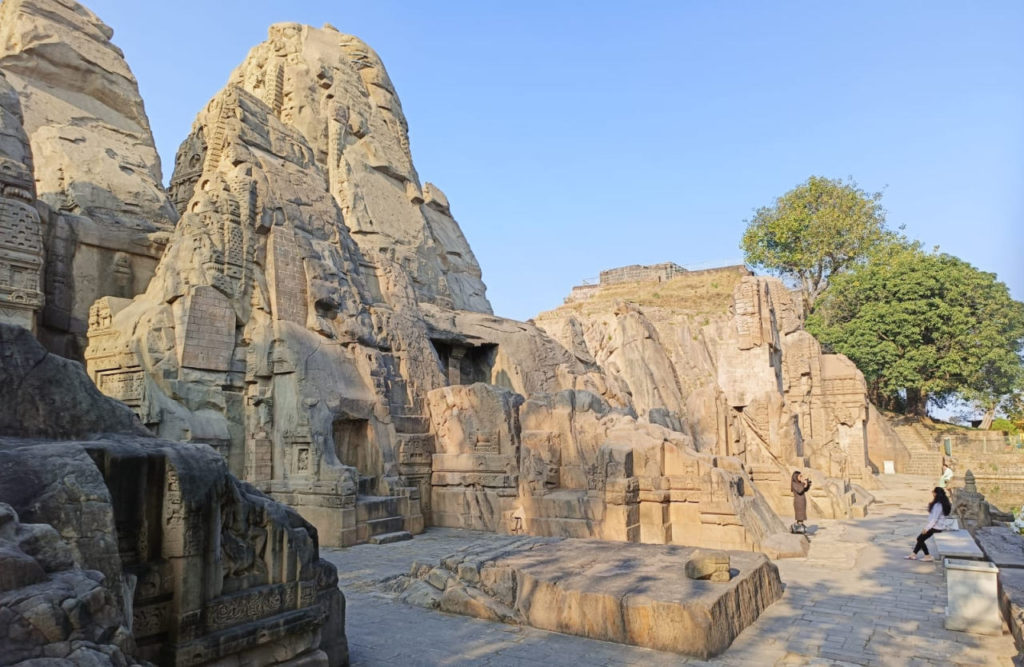
However, Masroor stands as an unfinished symphony, a silent testament to the challenges faced during its construction. The ambitious project was never completed, leaving some temples in a state of incomplete carving. The reasons behind this non-completion are shrouded in the mists of time, inviting speculation and curiosity.
Some theories propose that political upheavals or a shift in royal patronage could have disrupted the funding and support required for the temple’s completion. Others suggest that natural disasters, possibly earthquakes, might have played a role in halting the construction, leaving the site in its incomplete yet enigmatic state.
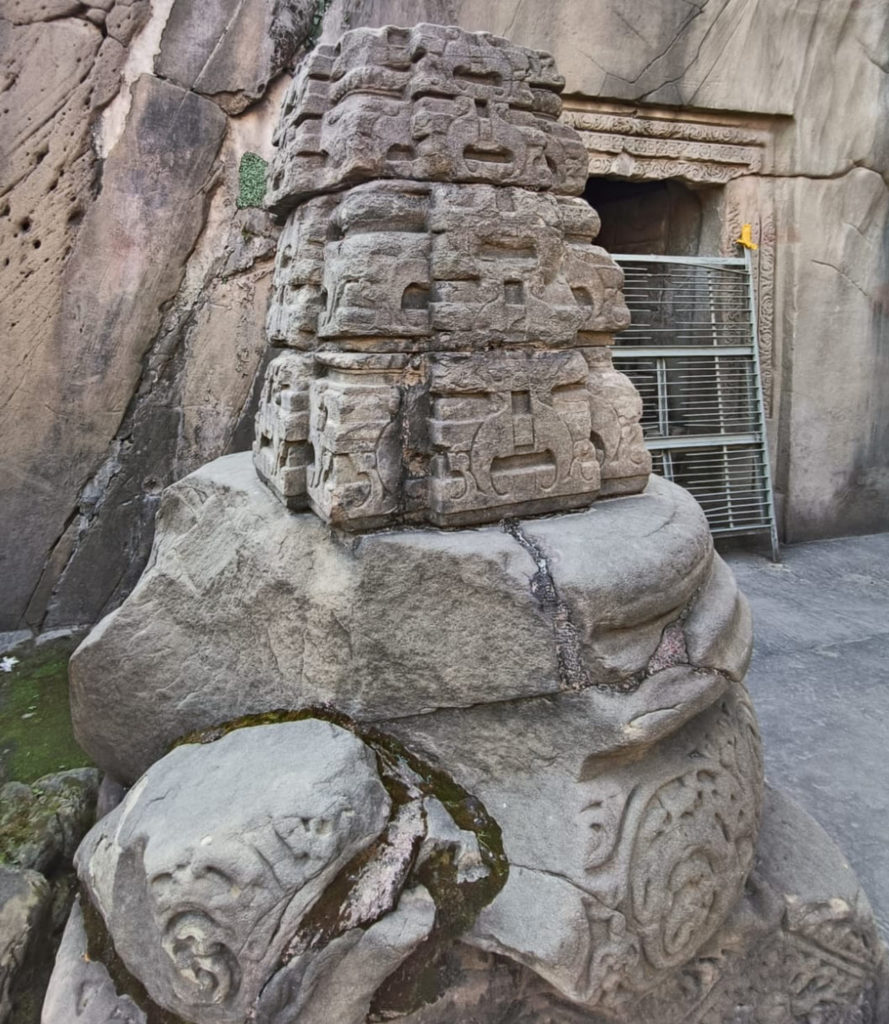
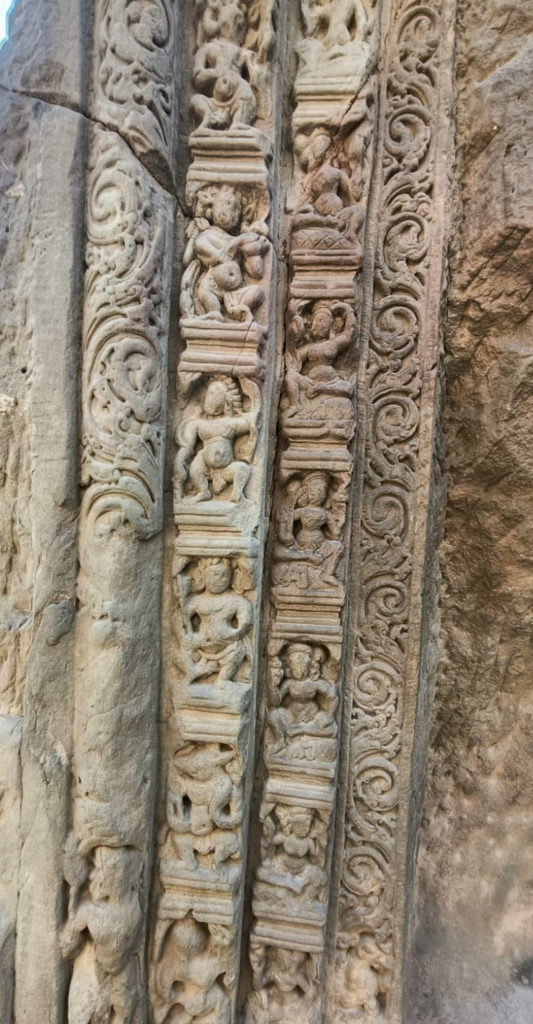
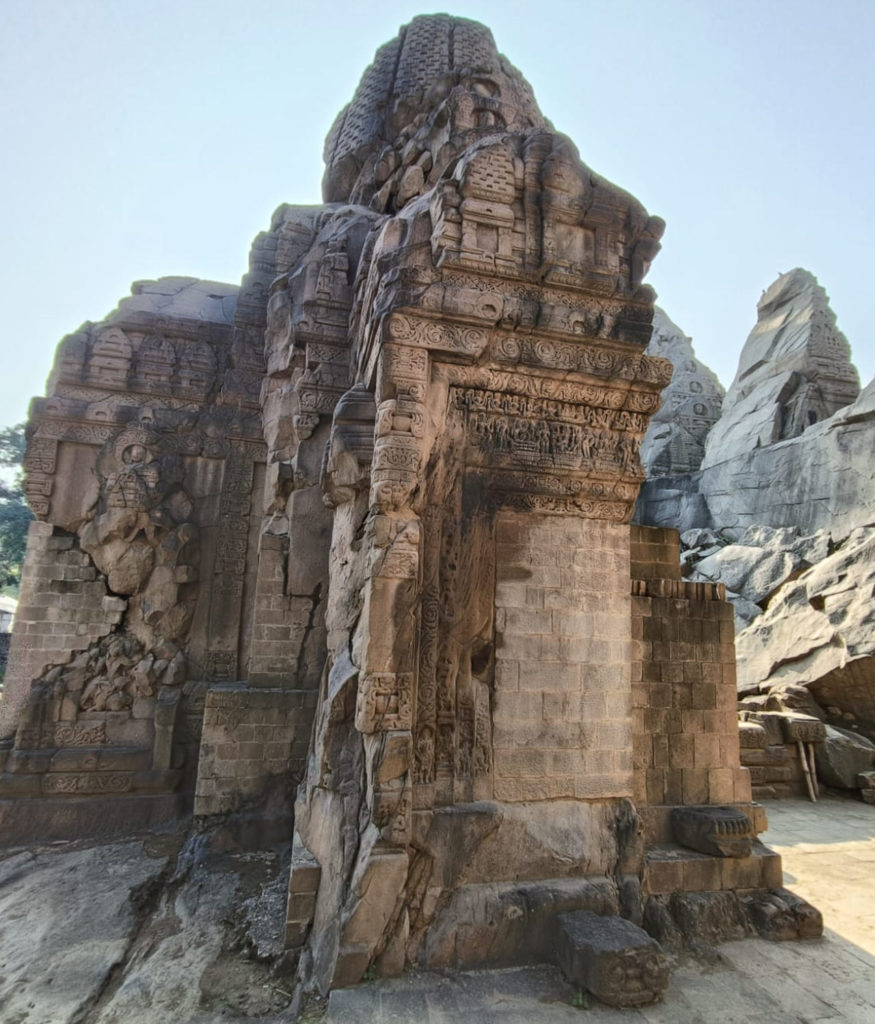
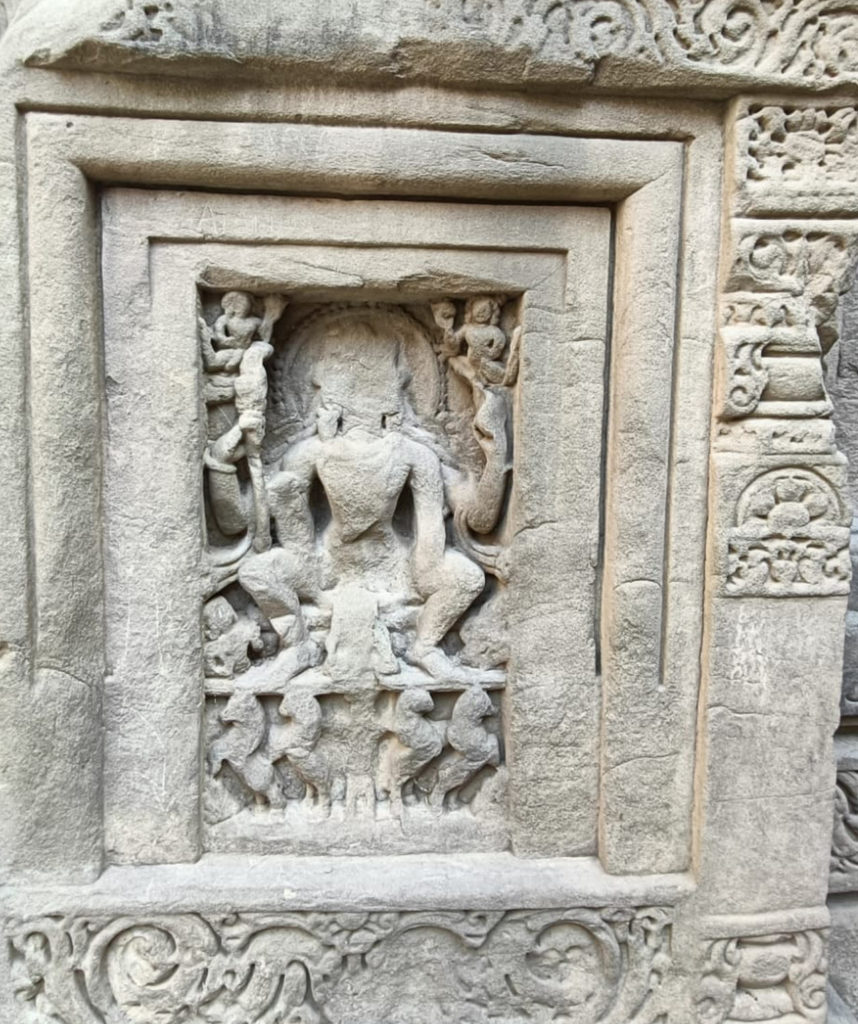
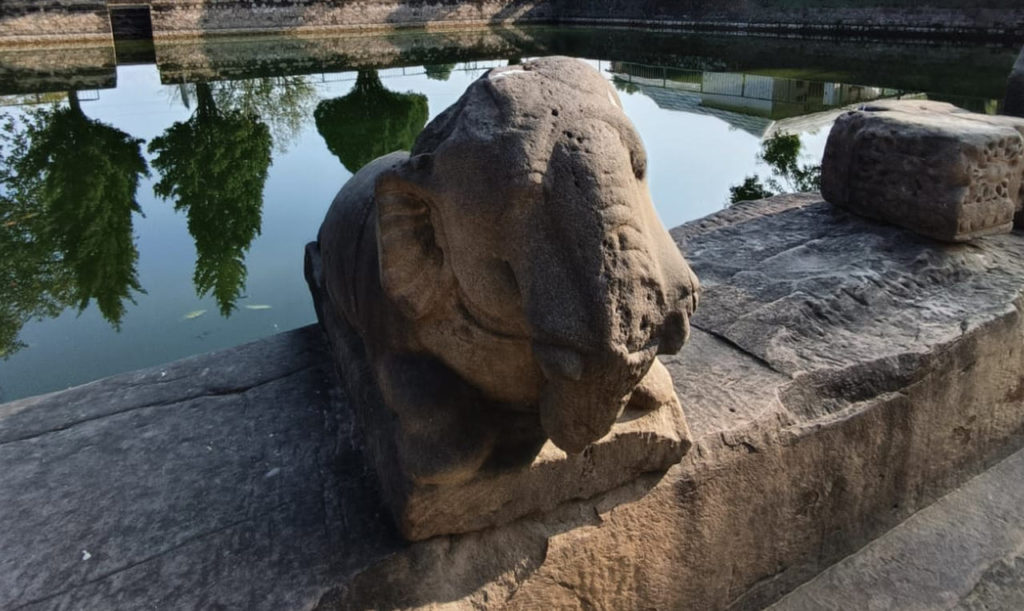
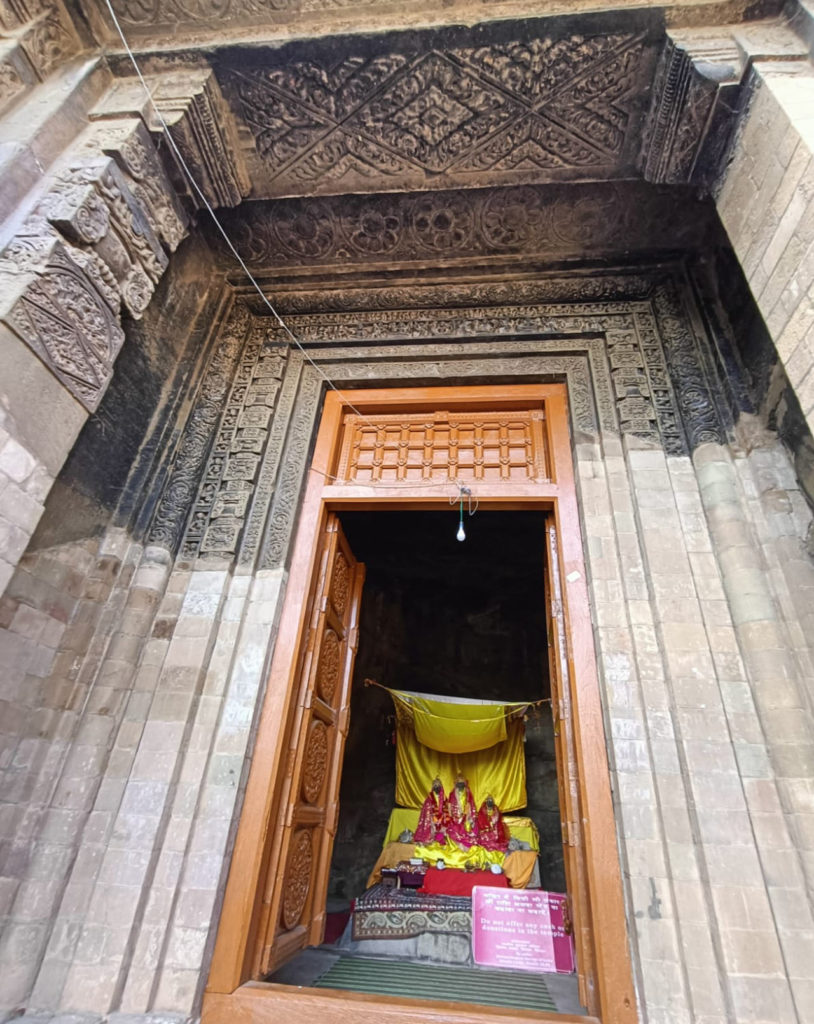
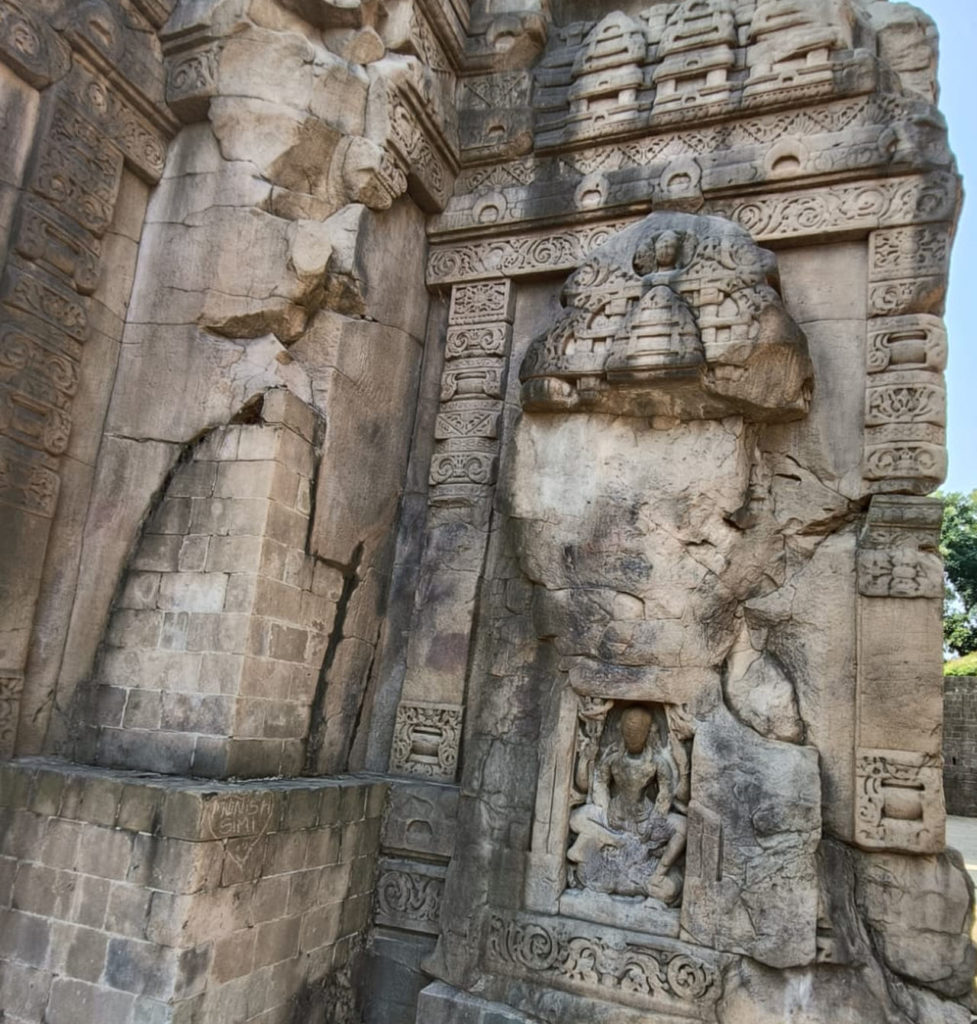
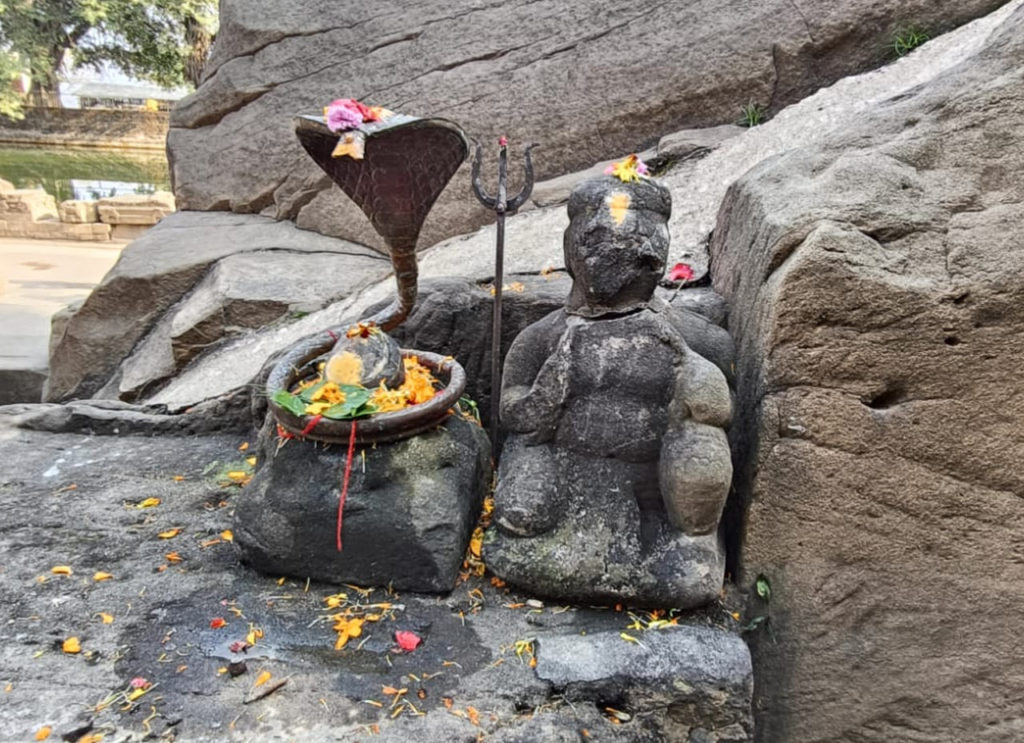
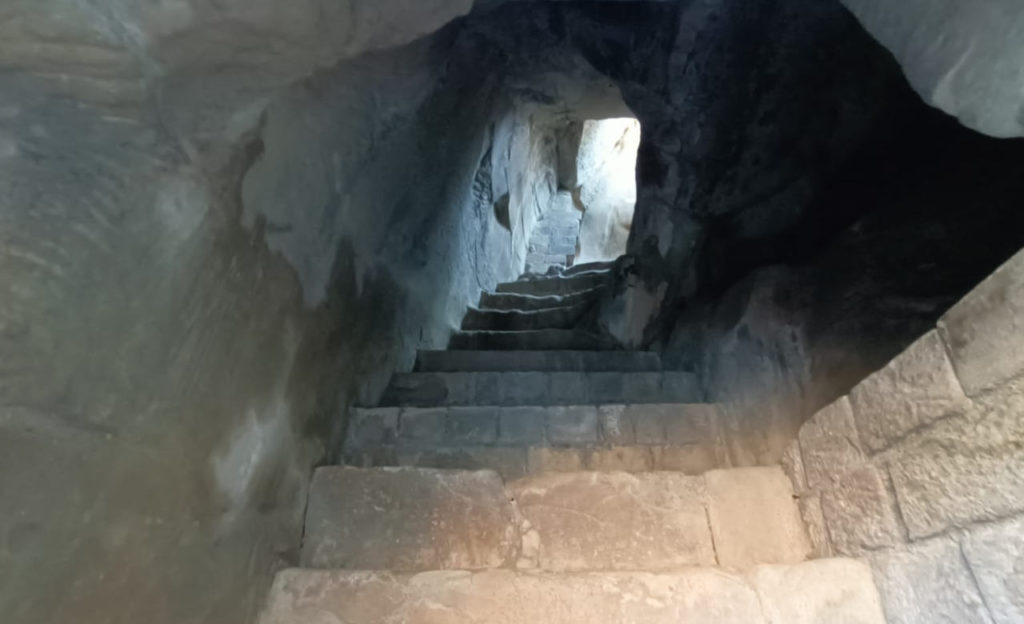
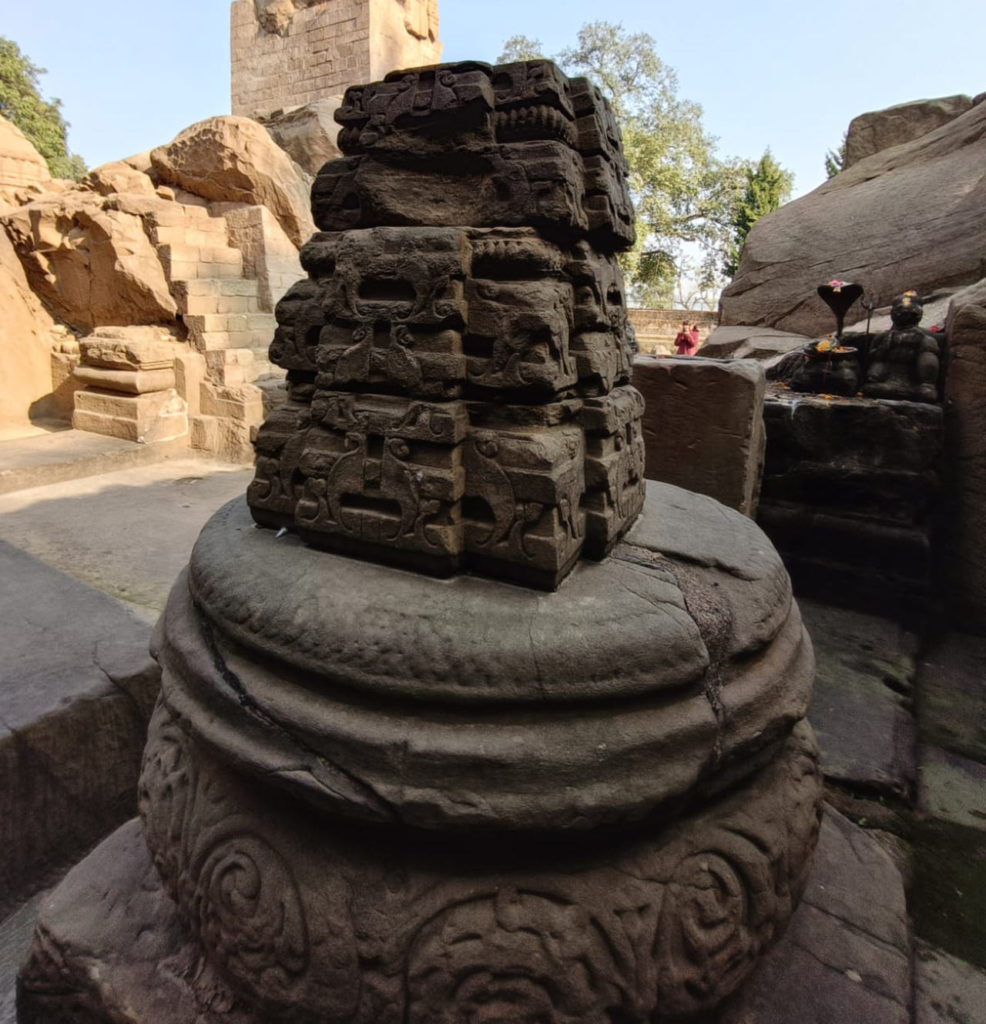
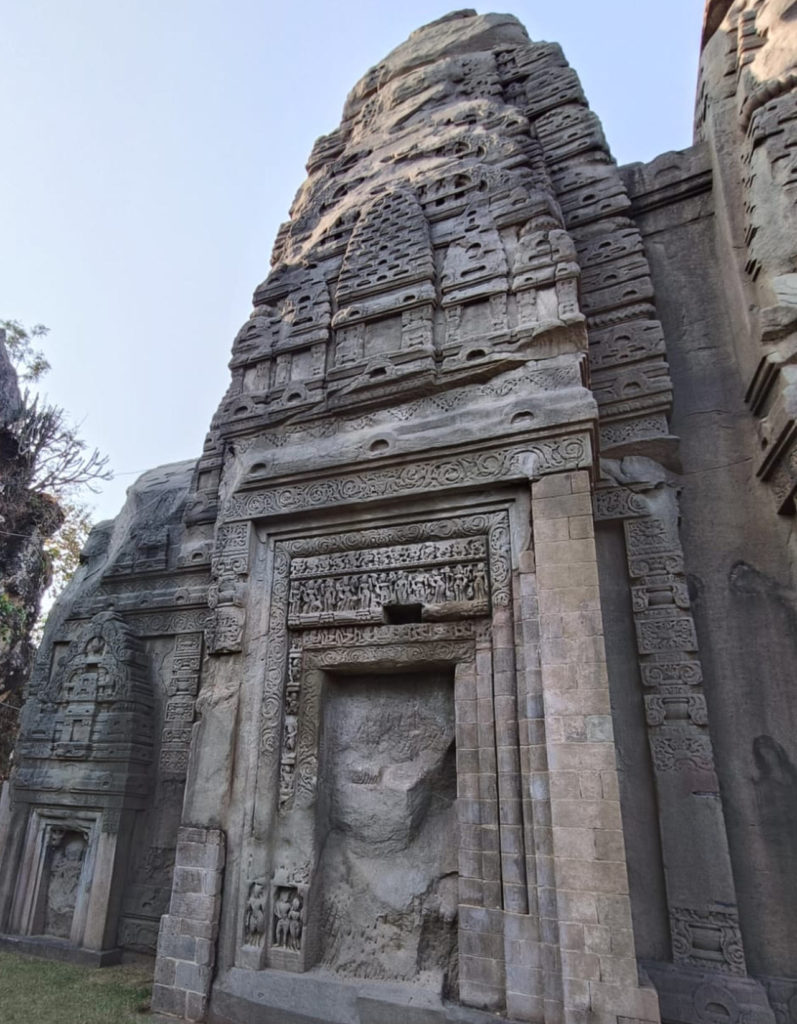
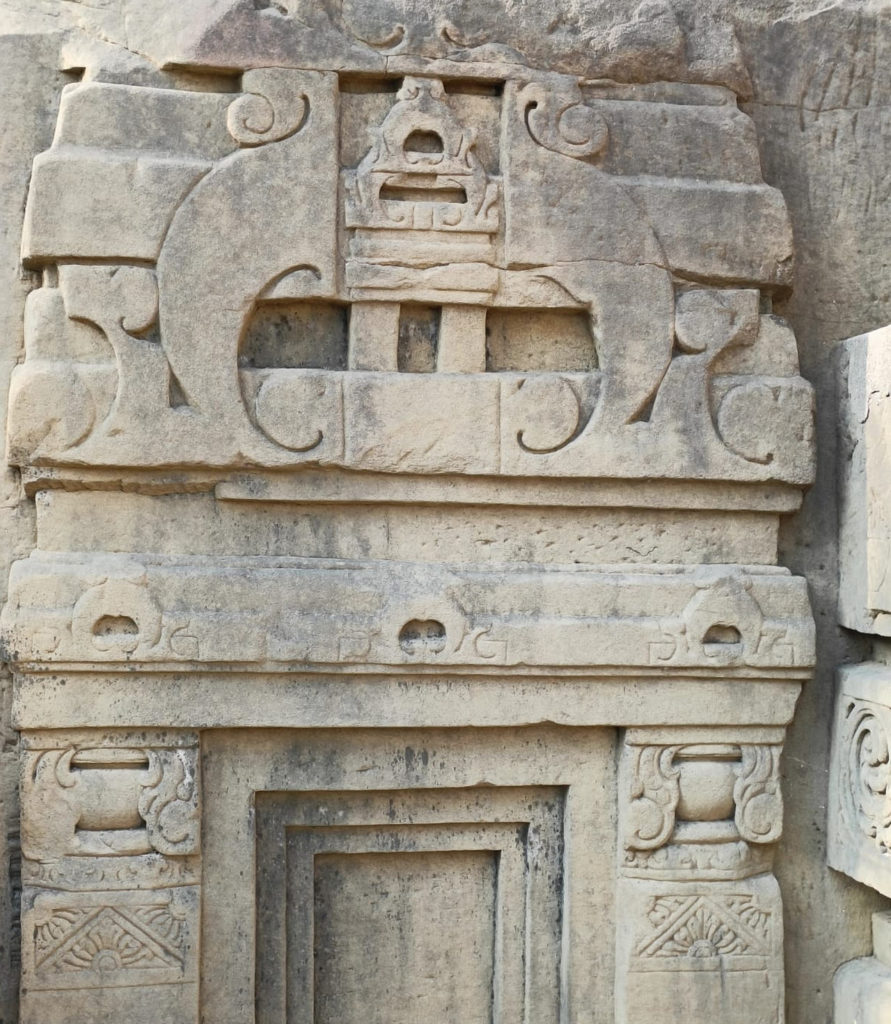
While Masroor’s incomplete status may be seen as a mystery, it adds an additional layer to its historical narrative. The unfinished carvings serve as a reminder that even the grandest of endeavours can be halted by the unpredictable forces of history, leaving behind a captivating legacy that sparks the imagination.
Preserving the Legacy
Today, Masroor Rock Cut Temple is under the care of the Archaeological Survey of India (ASI). This custodianship ensures the preservation and protection of this cultural treasure for future generations, allowing visitors to immerse themselves in the rich history and artistic marvels of this ancient site.
How to Reach Masroor Rock Cut Temple
For those eager to embark on a journey to Masroor and witness this marvel firsthand, the temple is accessible by road. Located approximately 32 kilometers from the Kangra Airport and 45 kilometers from the Kangra Railway Station, the site is well-connected for those travelling by air or train. Local buses and taxis are available from Kangra, Dharamshala, and other nearby towns, offering a scenic route through the breathtaking landscapes of Himachal Pradesh.
In the heart of Himachal Pradesh, Masroor emerges as more than just a physical structure; it is a living narrative woven by skilled hands and storied dynasties. As visitors tread the hallowed grounds, they step into a timeless tapestry that invites contemplation not just of the stones beneath their feet but also of the unfinished stories that echo through the corridors of Masroor.


